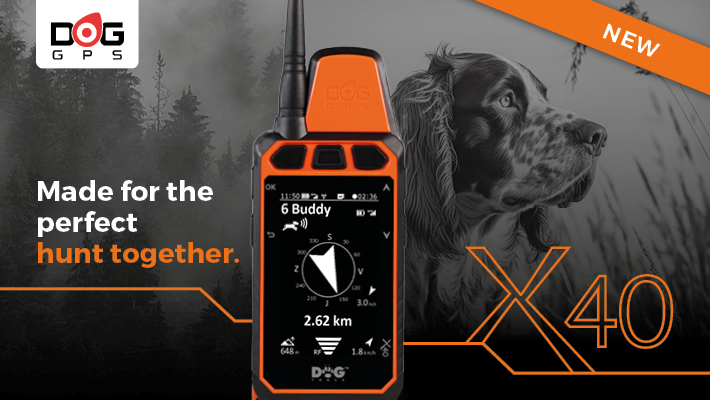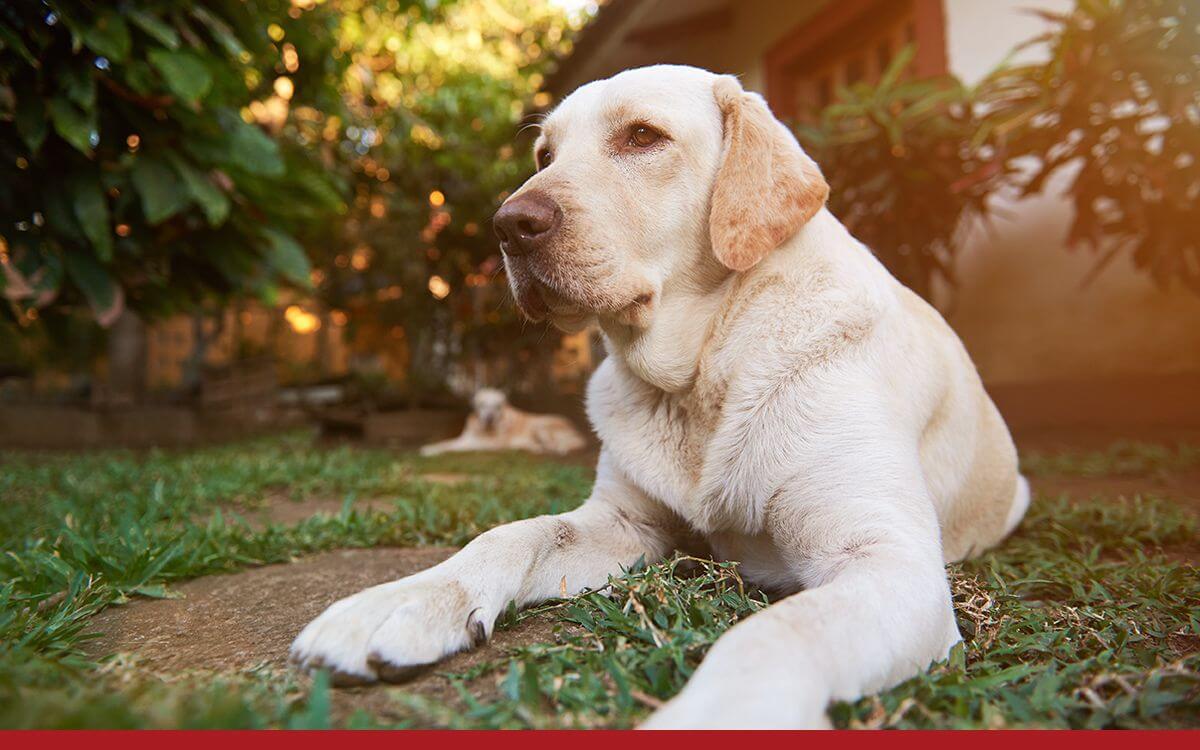In order to succeed with the invisible fence and to keep your dog under control, you need to go through proper training. It is advisable to start using the d-fence and training around the age of 6 months, when your puppy should already understand your commands and you should know his temperament. We do not recommend using a collar on dogs that are not in good physical condition (e.g. heart problems, epilepsy etc.) or have behavioural problems.
Training should be done in a fun way, but you must also be consistent and patient when training. For the first 14 days, put the collar on the dog's neck without using it for a maximum of 12 hours a day, so that he gets used to it and does not associate it with an uncomfortable feeling on his neck when crossing the correction zone.
Primary training should be for at least 14 days. The ideal is 10 to 15 minutes of frequent practice interspersed with play. It is desirable for the dog to feel comfortable in the confined space, so make the time spent there more enjoyable with play and plenty of rewards and praise.
The invisible fence should be completely installed before you start training. To make it easier for the dog to navigate the enclosed area, it is a good idea to mark the boundaries of the area with targets about 3 m apart or tape. The boundary is placed on the inner edge of the warning zone of the invisible fence, which is set with an energizer. The best way to find this boundary is to wear a working collar and approach the wire, placing the selected marking in front of the places where you hear the acoustic signal. This marking is particularly useful if the wire is routed through a place where the boundary is not naturally defined, such as a hedge. The dog and owner can easily see where the restricted area already is and where the dog is free to move.
During training, also use a leash as another method of guarding, but attach it to a conventional collar placed above/below the d-fence receiver. By using an additional collar, you avoid creating pressure on the electrodes and thus blistering the dog's skin. You should remove the d-fence collar from the dog between training sessions.
The dog should also be calm around the targets. If the dog shows signs of stress such as a tucked tail, crouched body, droopy ears or pulling the handler home, you can calm the dog by interspersing the training with longer play and basic exercises, more treats and praise.
Respecting the borders of the newly defined area
When first using the fence, it is important to familiarize the dog with the bounded space and the invisible fence, first play with the dog for 5-10 minutes. In a joyful state, take the dog on a leash to one of the boundary flags. When he crosses the boundary of the warning zone, hear the acoustic sound pulse, let him listen for 2 seconds and then pull him back, offering a reward and praise each time he returns. Repeat this procedure for the other border targets, at least three on the first day, and repeat the training until the dog refuses to approach the first target. Don't forget to have fun and praise. Repeat this procedure with only an audible warning on the second day when you can move on to other targets.
From the third day you can start to introduce the dog to the stimulation impulse. You should then test the collar on the dog by approaching the wire first. If you find that the dog does not respond to the stimulation pulse, recheck the fit of the collar so that both electrodes touch the skin under the neck, or use a longer one. Recognition of the stimulation pulse by the dog is manifested by a sudden twitching of the ears, a change in the direction of gaze, etc. If the dog responds in this way, you have found the appropriate starting level of the stimulation pulse. If all is well and the dog does not respond, increase the strength of the stimulus pulse by one level. Repeat until you find an impulse that the dog recognizes.
Continue training again by approaching the alert zone, if the dog gets into the correction zone and therefore receives the stimul impulse, pull back on the lead so that the dog realises that he must not proceed beyond the given limit, once he is in the allowed territory praise and reward him.
In this way you will teach the dog what both the acoustic and stimul impulse mean and once you see that the dog understands the principle of the warning and correction zone, you can release him freely into the restricted area. During the first few days, continue to observe your dog's behaviour to make sure he understands the rules. If he walks through the alert to the correction zone on his own and returns, praise and reward him.
To reinforce the training, it is a good idea to carry out exercises where the dog would normally try to leave the fenced area, i.e. when using the invisible fence, the dog should avoid the prohibited zones even if you throw a toy over the boundary, if you go beyond it yourself or if he sees another dog over the boundary, etc.
If he does not react to the boundary of the correction zone, let him enter it. If after two seconds he does not return on his own, help him back into his allowed territory. Reward him whenever he returns to his allowed territory. Should the dog cross the boundary and find himself outside the correction zone, remove the collar, take him back to the boundary area and repeat the training. Never recall him to the restricted zones. Once the dog has learned to respect the boundaries and has mapped the terrain, the targets can be gradually removed.
If you must walk your dog through a restricted zone, remove the collar, take your dog in your arms or on a leash so he understands that you are the one leading him. Never insist that he goes through a restricted area on his own, even on your instruction, and always leave the restricted area in the same place. It is good to have a designated command for this situation, such as "Let's go, OK."
Check regularly that the transmitter is sending a signal and that the collar receiver is receiving it. Always remove the collar from your neck before making any changes to your installation.










Comments
Add comment